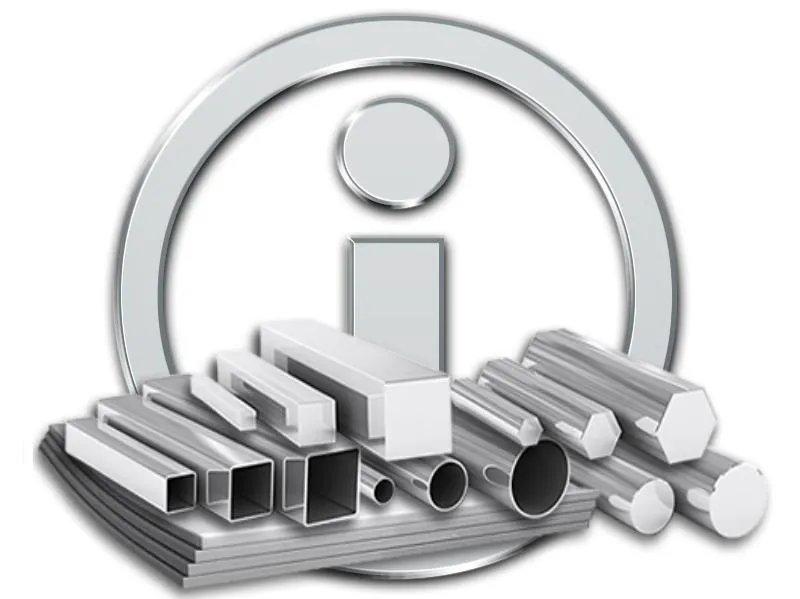- hard-alloy steel, resistant to corrosion in air and aggressive media.
Important in stainless steel - its anticorrosive properties which result from separation on the surface of the metal layer of chromium oxide. This layer is quickly resumed after mechanical or chemical injury, wherein the metal anticorrosive properties remain unchanged. The minimum content of chromium in the stainless steel standard is 11%. For spontaneous appearance of the protective layer after it is damaged, the steel should contain at least 11% chromium. Nickel is also a typical element of the alloy and allows to obtain high ductility and toughness at the same time improving the strength. Molybdenum increases dokalivanie steel and contributes to its fineness, prevents breakage that occurs with slow cooling in the annealing process. Titanium is introduced in a stainless steel as a stabilizing element. Carbon in the stainless steel component is a side, and its content must not exceed 0.15%. With increasing carbon content deteriorates the weldability of steel and hot deformability, especially in the cold state. Conversely, a low carbon content in the steel provides increased its ductile properties, high polishing ability and good weldability. Very important is the correct choice of stainless steel grades.
quickly resumed after mechanical or chemical injury, wherein the metal anticorrosive properties remain unchanged. The minimum content of chromium in the stainless steel standard is 11%. For spontaneous appearance of the protective layer after it is damaged, the steel should contain at least 11% chromium. Nickel is also a typical element of the alloy and allows to obtain high ductility and toughness at the same time improving the strength. Molybdenum increases dokalivanie steel and contributes to its fineness, prevents breakage that occurs with slow cooling in the annealing process. Titanium is introduced in a stainless steel as a stabilizing element. Carbon in the stainless steel component is a side, and its content must not exceed 0.15%. With increasing carbon content deteriorates the weldability of steel and hot deformability, especially in the cold state. Conversely, a low carbon content in the steel provides increased its ductile properties, high polishing ability and good weldability. Very important is the correct choice of stainless steel grades.
Features of working with stainless steel:
Before starting work, it is important to ensure the correct choice of steel grade. Welds and discoloration should be cleaned with an etching solution or paste. Splashes of cement or concrete should be removed and the surface should be rinsed quickly. Rust, which appeared in the small scratches can be removed with warm dilute nitric acid (10 ..... 15% HNO3) co-term followed by rinsing and drying. Potent acid and hloridosoderzhaschie cleaners are harmful to stainless steel. Avoid contact with these substances when cleaning the surfaces adjacent to the stainless steel. Slightly alkaline means (pH9 .... 11) are suitable for cleaning stainless steel surfaces. An important element is the rinse and drying. Do not use highly abrasive brushes and sponges, or those which is composed of iron: they can scratch and damage the surface of the metal.
